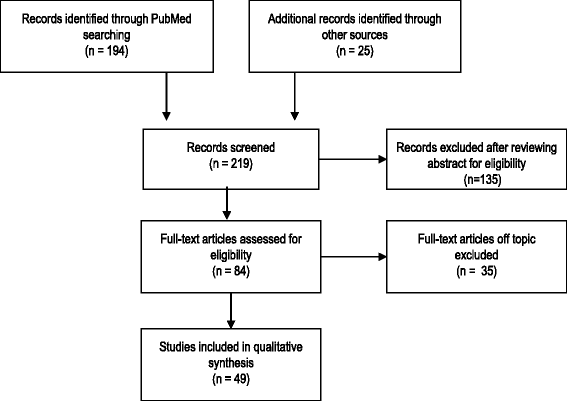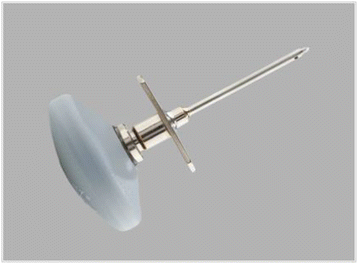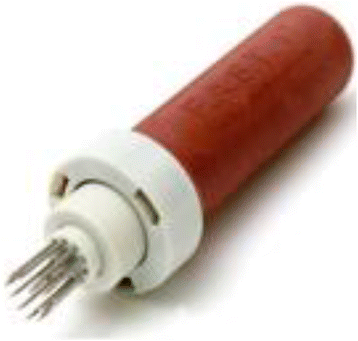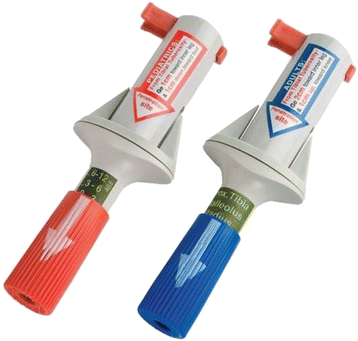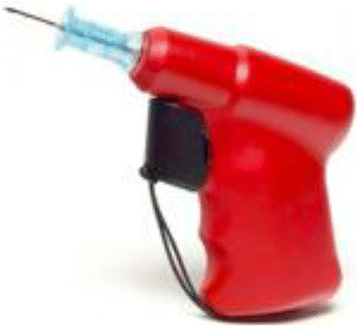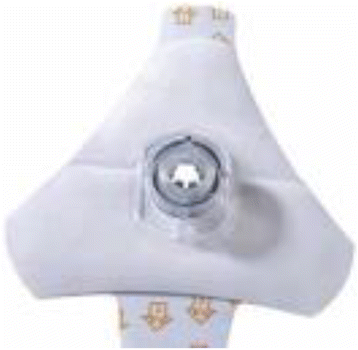Use of intra-osseous access in adults: a systematic review
- PMID: 27075364
- PMCID: PMC4831096
- DOI: 10.1186/s13054-016-1277-6
Use of intra-osseous access in adults: a systematic review
Abstract
Background: Indications for intra-osseous (IO) infusion are increasing in adults requiring administration of fluids and medications during initial resuscitation. However, this route is rarely used nowadays due to a lack of knowledge and training. We reviewed the current evidence for its use in adults requiring resuscitative procedures, the contraindications of the technique, and modalities for catheter implementation and skill acquisition.
Methods: A PubMed search for all articles published up to December 2015 was performed by using the terms "Intra-osseous" AND "Adult". Additional articles were included by using the "related citations" feature of PubMed or checking references of selected articles. Editorials, comments and case reports were excluded. Abstracts of all the articles that the search yielded were independently screened for eligibility by two authors and included in the analysis after mutual consensus. In total, 84 full-text articles were reviewed and 49 of these were useful for answering the following question "when, how, and for which population should an IO infusion be used in adults" were selected to prepare independent drafts. Once this step had been completed, all authors met, reviewed the drafts together, resolved disagreements by consensus with all the authors, and decided on the final version.
Results: IO infusion should be implemented in all critical situations when peripheral venous access is not easily obtainable. Contraindications are few and complications are uncommon, most of the time bound to prolonged use. The IO infusion allows for blood sampling and administration of virtually all types of fluids and medications including vasopressors, with a bioavailability close to the intravenous route. Unfortunately, IO infusion remains underused in adults even though learning the technique is rapid and easy.
Conclusions: Indications for IO infusion use in adults requiring urgent parenteral access and having difficult intravenous access are increasing. Physicians working in emergency departments or intensive care units should learn the procedures for catheter insertion and maintenance, the contraindications of the technique, and the possibilities this access offers.
Keywords: Emergency; Intensive care unit; Safety; Skill acquisition.
Figures
Comment in
-
Lidocaine can reduce the pain of intra-osseous fluid infusion.Crit Care. 2016 Jun 20;20(1):192. doi: 10.1186/s13054-016-1359-5. Crit Care. 2016. PMID: 27320792 Free PMC article. No abstract available.
Similar articles
-
Signs and symptoms to determine if a patient presenting in primary care or hospital outpatient settings has COVID-19.Cochrane Database Syst Rev. 2022 May 20;5(5):CD013665. doi: 10.1002/14651858.CD013665.pub3. Cochrane Database Syst Rev. 2022. PMID: 35593186 Free PMC article.
-
Health professionals' experience of teamwork education in acute hospital settings: a systematic review of qualitative literature.JBI Database System Rev Implement Rep. 2016 Apr;14(4):96-137. doi: 10.11124/JBISRIR-2016-1843. JBI Database System Rev Implement Rep. 2016. PMID: 27532314
-
Efficacy of intraosseous access for trauma resuscitation: a systematic review and meta-analysis.World J Emerg Surg. 2023 Mar 14;18(1):17. doi: 10.1186/s13017-023-00487-7. World J Emerg Surg. 2023. PMID: 36918947 Free PMC article.
-
Intraosseous administration of antidotes - a systematic review.Clin Toxicol (Phila). 2017 Dec;55(10):1025-1054. doi: 10.1080/15563650.2017.1337122. Epub 2017 Jun 23. Clin Toxicol (Phila). 2017. PMID: 28644688
-
Electric fans for reducing adverse health impacts in heatwaves.Cochrane Database Syst Rev. 2012 Jul 11;2012(7):CD009888. doi: 10.1002/14651858.CD009888.pub2. Cochrane Database Syst Rev. 2012. PMID: 22786530 Free PMC article.
Cited by
-
The relationship between intraosseous catheter tip placement, flow rates, and infusion pressures in a high bone density cadaveric swine (Sus scrofa) model.J Am Coll Emerg Physicians Open. 2024 Jul 4;5(4):e13184. doi: 10.1002/emp2.13184. eCollection 2024 Aug. J Am Coll Emerg Physicians Open. 2024. PMID: 38966284 Free PMC article.
-
Intraosseous fluid resuscitation causes systemic fat emboli in a porcine hemorrhagic shock model.Scand J Trauma Resusc Emerg Med. 2021 Dec 20;29(1):172. doi: 10.1186/s13049-021-00986-z. Scand J Trauma Resusc Emerg Med. 2021. PMID: 34930433 Free PMC article.
-
Surviving Sepsis Campaign: International Guidelines for Management of Sepsis and Septic Shock: 2016.Intensive Care Med. 2017 Mar;43(3):304-377. doi: 10.1007/s00134-017-4683-6. Epub 2017 Jan 18. Intensive Care Med. 2017. PMID: 28101605
-
Enhancing Utilisation of Intraosseous Vascular Access in Cardiac Arrest Management: Insights From a Retrospective Study.Cureus. 2024 Nov 28;16(11):e74710. doi: 10.7759/cureus.74710. eCollection 2024 Nov. Cureus. 2024. PMID: 39618737 Free PMC article.
-
When to choose intraosseous access in prehospital trauma care: A registry-based study from the Israel Defense Forces.Chin J Traumatol. 2025 Jul;28(4):294-300. doi: 10.1016/j.cjtee.2024.08.008. Epub 2024 Oct 11. Chin J Traumatol. 2025. PMID: 39443268 Free PMC article.
References
-
- Leidel BA, Kirchhoff C, Bogner V, Braunstein V, Biberthaler P, Kanz KG. Comparison of intraosseous versus central venous vascular access in adults under resuscitation in the emergency department with inaccessible peripheral veins. Resuscitation. 2012;83(1):40–5. doi: 10.1016/j.resuscitation.2011.08.017. - DOI - PubMed
-
- Drinker CK, Drinker KR, Lund CC. The circulation of the mammalian bone marrow. Am J Physiol. 1922;62(1):1–92.
-
- Link MS, Berkow LC, Kudenchuk PJ, Halperin HR, Hess EP, Moitra VK, et al. Part 7: adult advanced cardiovascular life support: 2015 American Heart Association guidelines update for cardiopulmonary resuscitation and emergency cardiovascular care. Circulation. 2015;132(18 Suppl 2):S444–64. doi: 10.1161/CIR.0000000000000261. - DOI - PubMed
Publication types
MeSH terms
LinkOut - more resources
Full Text Sources
Other Literature Sources
Medical
Miscellaneous

